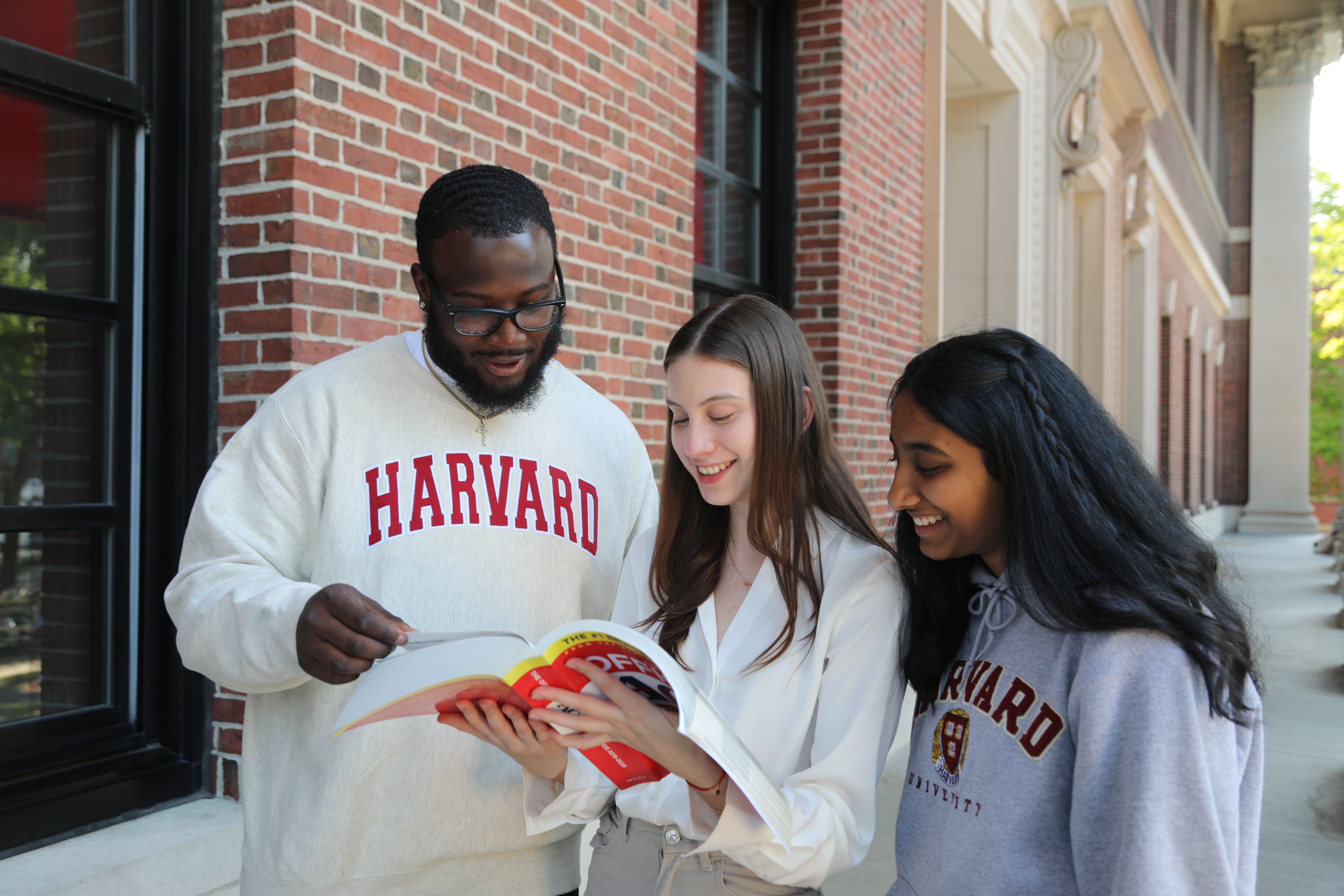By Margot Godiwala
ABSTRACT:
The rise of social media usage among minors has led to a considerable portion of generation alpha (predominantly young girls) to begin intensive skincare routines designed for women more than twice their age. Some of these products incorporate retinoids, a group of compounds derived from Vitamin A that is often used in anti-aging serums. This paper discusses the impact retinoids have on the young skin they are often wrongfully applied to, and analyzes why so many young girls are compelled to unknowingly damage their skin with products not intended for them.
INTRODUCTION:
In this digital age, much of our information about skin health comes from social media platforms like TikTok. In fact, many young women report TikTok has had a major impact on the products they buy and how they perceive the ‘ideal’ skin type as a whole (Dilik, et al. (2024)). This is noticeable among even younger preteens with social media, and the phenomena known as ‘Sephora kids’. These girls are often found in Sephora, requesting items with concerning ingredients inside of them, being Retinoids. Retinoids are derivative compounds of Vitamin A that have an ‘anti-aging’ effect on the skin (Kafi R, Kwak HSR, Schumacher WE, et al. 2007) On the Sephora Website, the Drunk Elephant A-Passioni™ Retinol Cream is on the wishlists of a whopping 241,300 customers. That number is problematic, given how many of those ‘likes’ are likely to have been made by a minor. While some might argue if a minor develops wrinkles, they should be able to use Retinoids, children should absolutely not use 'anti-aging' products, nor be
pressured to do so by deceptive advertisements on social media because it damages skin, resulting in burning, irritation, all potentially permanently. It is detrimental to their mental health, inundates young girls with harmful perceptions of beauty, and Retinoids are also intended for/have the best impact on naturally aged skin, not collagen-rich skin, and should not be used unless prescribed by a medical professional..
METHODOLOGY + DATA:
The data in this paper comes from either research papers, articles, or from a survey I conducted. There were 33 respondents, evenly split between 6th, 7th and 8th graders. The survey asked for the age of the participant, whether they had a skincare routine, how many products they used, as well as questions that required a short essay response. These questions included asking what age someone should begin skincare, at what age someone should use retinoids, and their thoughts on the phenomena outlined in this paper. I received a variety of in-depth responses and diverse opinions, which supplied much of the information used in the Fallout section.
LITERATURE REVIEW:
I. COMPULSION
According to the Adolescent Brain Cognitive Development Study (ABCD, an ongoing national study whose subjects include 10,092 11-15 year olds), 67% of preteens in the age range of 11-12 have a TikTok account. Extensive social media use among teenagers is closely related
to poor body image and eating disorders, with each additional hour of screen time correlating with a marked increase of the odds of a disordered body image (Nagaya & Iyer et al, 2021). This dysphoria can extend to fears of acne, rosacea, or even wrinkles. The latter occurred within preteen Scarlet Goddard Strahan, who is described by The Associated Press as having spent hours watching videos of ‘skinfluencers’ with her friends, which only heightened her anxiety. She will be brought up again later, in the Fallout section.
When asked in a qualitative survey, 25% of my schoolmates (aged 11-14) reported they began doing skincare due to pressure from social media. In the same survey, when asked why they had skincare, an anonymous respondent said “It started to become trendy and cool. All my friends had it and it was cool on social media also.” Other responses were synonymous, with 61.5% overall citing social duress from their immediate circle as the inciting factor.
II. BEAUTYTOK + SKINFLUENCERS
In a paper written by Kenyon College student Priya Melonio, she came to the conclusion TikTok’s algorithm had a propensity towards displaying conventionally attractive individuals. Melonio considered a majority of the more alluring faces displayed to be highly edited, and expressed concern about the fact many of the filters on Alipay (a chinese app with a similar, if less sophisticated, algorithm to TikTok) designed to ‘beautify’ young women were designed by men and encouraged poor body image. This is true for TikTok as well, but is exacerbated by the presence of beautiful people insisting one entombs onerself in layer upon layer of Korean skincare each night in order to become like them. The trend previously referenced is called a
‘morning shed’. While the morning shed is personally unnerving, its issues are not the main focus of this paper.
With that in mind, BeautyTok (an informal catch-all for the sect of TikTok that focuses on increasing beauty (‘glow ups,’ colloquially) is a breeding ground for skin tips that range from unusual to concerning. ‘Slugging’, for example, is the process in which someone rubs a thick layer of petroleum jelly onto their face. Encasing skin in occlusives can result in breakouts and increases the risk of clogged pores, but the technique was still hailed as a bastion of ‘glass skin’. While the blind promotion of slugging can be considered disingenuous, there are beauty trends that are outright harmful. Take ‘sunscreen contouring’, a trend in which people were encouraged to apply sunscreen to areas they wanted to highlight and nowhere else. This means the rest of the face would tan/burn, with the preferred protective areas gaining a semi-permanent lightened appearance (Schiffer, 2021.) Ironically, sun damage has been linked to premature aging (Environmental Protective Agency), which I would estimate a solid 55% of BeautyTok is dedicated to stopping, making the trend counterintuitive.
III. RETINOIDS + SKIN
While retinoids have gained social prominence with their surge into popular culture as an anti-ager, they were originally given the FDA go-ahead as a topical acne treatment in 1971 (American Academy of Dermatology). Retinoids penetrate the outermost layer of the epidermis and stimulates skin cells such as keratinocytes, fibroblasts, melanocytes and Langerhans cells, and “promote keratinocytes proliferation, strengthen the protective function of the epidermis, restrain transepidermal water loss, protect collagen against degradation and inhibit
metalloproteinases activity.” (Zasada & Budzisz, 2019). All aforementioned properties reduce the appearance of wrinkles.
When applied to naturally aged skin, retinol is proven to be incredibly effective. The results of a study noted noticeable changes in the skin of the subject. They came to the conclusion retinol-treated skin thickened and gained greater resistance to injury and ulceration, as well as having a visibly ‘improved appearance’ (Kafi & Shin et al, 2007). What is important to note is the skin tested in this study was elderly, with the participants having a mean age of 87. According to the same paper, as skin matures it becomes thinner, making the ‘thickening’ effects of retinoids all the more apparent when the skin already demonstrates signs of aging.
IV. THE FALLOUT
Scarlett Goddard Strahan was in elementary school when she started fearing wrinkles. At 10, she was spending hours a day on BeautyTok looking for a solution. She found her miracle in anti-aging products, which resulted in severe burning and blisters erupting across her face. In an interview with the Associated Press, she still expressed fear of aging despite what the products
had done to her skin. Young girls just like her frequently enter the offices of dermatologists with chemical burns and rashes, having caused potentially permanent damage to their skin barrier using retinoids. Dr. Brooke Jeffy, a dermatologist, is quoted saying anti-aging products, when used by adolescents/prepubescents, could actually cause premature aging, destroy the skin barrier and lead to permanent scarring (Gecker, 2024).
Goddard’s sentiments and BeautyTok mania are common. 85.5% of 33 respondents from a pool of 11 to 14 year-olds had an intensive skincare routine, with an average of 3.45 products
used. In the survey I conducted, 37% of respondents who knew someone who used retinol knew an adolescent who used it. When asked about the age where someone should bring retinoids into their routine, one answer stated “At whatever age it will not negatively effect said person or the healing effects greatly outweigh the side, not-so-good effects.” Using the mean age, this person is 12.5 years old.
CONCLUSION:
The impact of social media among an underaged demographic can, within the topics covered within this paper, be understood to be profoundly negative. There have been numerous bills both lobbied and passed to restrict minor’s access to the algorithm, such as legislation S.7694A/A.8148A, also known as the SAFE act. According to The National Conference of State Legislatures, 35 states and one territory proposed legislation regarding social media usage among minors in 2023. There is, within many of these bills, a gaping and blatant problem: their enforcement. It is far too easy for a 9 year old to tap a button saying if she is an adult, nor is it particularly difficult to select a different year when asked for a birth date. The only people those kinds of age restrictions bar are children who cannot read. As an alternative, I would suggest that rather than attempt to delay the inevitable, simply amend the environment surrounding these minors. I would propose major retailers (such as Ulta and Sephora) prohibit the distribution of anti-aging products to minors, and parents and school curricula adapt their strategies for the digital age and teach lessons about online safety.
REFERENCES/BIBLIOGRAPHY:
Dilik, Y., Hiskiel, Q. S., & Timothy, V. (2024). Seeing, hearing and buying on TikTok : A qualitative study on how viral skincare content on TikTok shapes female Generation Z consumption. In www.diva-portal.org.
https://www.diva-portal.org/smash/record.jsf?pid=diva2:1875509GECKER, J. (2024, August 31). Young girls using anti-aging products they see on social media are harming them. AP News. https://apnews.com/article/influenced-skincare-routine-mental-health-f59bb09114ab93323e3a47 197a1ad914Governor Hochul Joins Attorney General James and Bill Sponsors to Sign Nation-Leading Legislation to Restrict Addictive Social Media Feeds and Protect Kids Online | Governor Kathy Hochul. (2024, June 20). Www.governor.ny.gov.
https://www.governor.ny.gov/news/governor-hochul-joins-attorney-general-james-and-bill-spons ors-sign-nation-leading-legislationKafi, R., Kwak, H. S. R., Schumacher, W. E., Cho, S., Hanft, V. N., Hamilton, T. A., King, A. L., Neal, J. D., Varani, J., Fisher, G. J., Voorhees, J. J., & Kang, S. (2007). Improvement of Naturally Aged Skin With Vitamin A (Retinol). Archives of Dermatology, 143(5). https://doi.org/10.1001/archderm.143.5.606Nagata, J. M., Iyer, P., Chu, J., Baker, F. C., Pettee Gabriel, K., Garber, A. K., Murray, S. B., Bibbins‐Domingo, K., & Ganson, K. T. (2021). Contemporary screen time modalities among children 9–10 years old and binge‐eating disorder at one‐year follow‐up: A prospective cohort study. International Journal of Eating Disorders, 54(5). https://doi.org/10.1002/eat.23489National Conference of State Legislatures. (2023, August 10). Social Media and Children 2023 Legislation. Www.ncsl.org. https://www.ncsl.org/technology-and-communication/social-media-and-children-2023-legislation Priya Melonio. (2020). TikTok’s Non-Inclusive Beauty Algorithm & Why We Should Care. Digital Kenyon: Research, Scholarship, and Creative Exchange.
https://digital.kenyon.edu/dh_iphs_prog/22Retinoid or retinol? (2021, May 25). Www.aad.org. https://www.aad.org/public/everyday-care/skin-care-secrets/anti-aging/retinoid-retinolSchiffer, J. (2021, June 15). You May Not Want to Get Your Beauty Tips From TikTok. The New York Times.
https://www.nytimes.com/2021/06/15/style/you-may-not-want-to-get-your-beauty-tips-from-tikt ok.htmlUS EPA. (2018, November 27). Health Effects of UV Radiation. US EPA. https://www.epa.gov/sunsafety/health-effects-uv-radiationWhelan, C., & Santos-Longhurst, A. (2022, March 25). What Can Vitamin A Do for Your Skin? Healthline.
https://www.healthline.com/health/vitamin-a-for-skin#benefitsZasada, M., & Budzisz, E. (2019). Retinoids: active molecules influencing skin structure formation in cosmetic and dermatological treatments. Advances in Dermatology and Allergology, 36(4), 392–397.
https://doi.org/10.5114/ada.2019.87443





